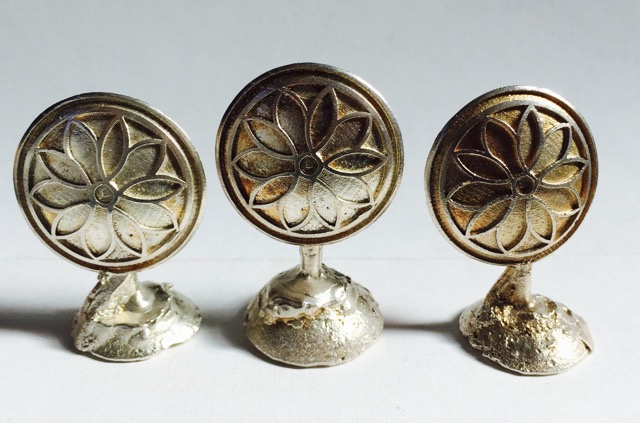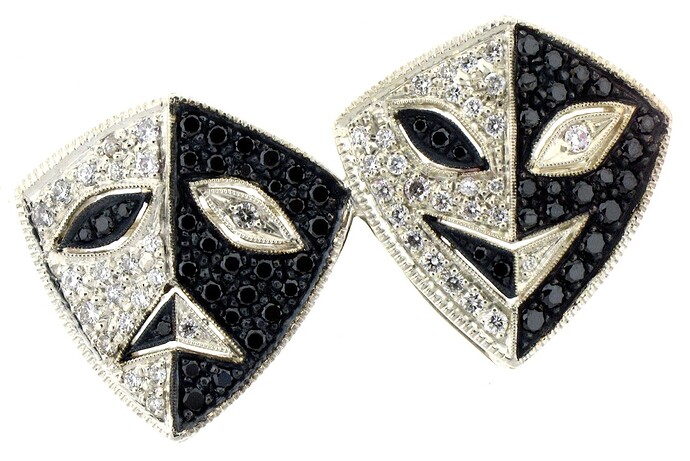I attempted to post this a few days ago but it seems to have gotten
lost in the ether, so here goes again -
I have been working in sterling silver for many years: at least 50%
of my work involves making beads, from about ?" diameter to around
1?". Now I would like to have a crack at using Argentium in my work,
and having studied most of the literature out there about working
with Argentium, I have a couple of questions for all you experienced
Argentium users. My questions are:
Supporting a half sphere in a carved depression in a soldering block
is obviously easy, but given the tendency of Argentium to slump when
hot, how would I stop the top hemisphere from collapsing when
soldering or fusing the two half beads together? Or am I bothered
unnecessarily about this?
Is paste solder available in Argentium?
And I am utterly confused about the times and temperatures required
for the hardening process. In the literature I have read, the
temperatures range from 580?F/290?C for 2 hours, to 428?F/220?C for
generally 3 hours, but once or twice for 16 hours, with the latter
combination being cited as the optimum for the best GeO? deposit for
tarnish resistance. I appreciate that experimentation over the years
will probably have changed things from Argentium’s beginnings, so
what is the optimum time and temperature in the most latest thinking?
Thanks guys - I love this forum! A happy and successful 2016 to all.
Janet in SW Alberta, Canada
Janet


